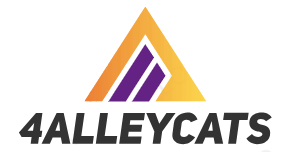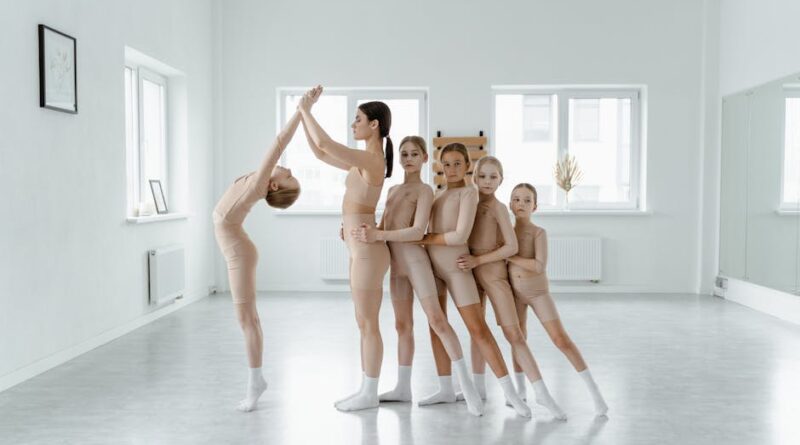Exploring the Power of Community-Focused Art: A Deep Dive into Creativity, Collaboration, and Social Change
Art has always been a means of expression, a way to communicate ideas, emotions, and stories. However, in recent years, a new movement has emerged within the art worldone that focuses on the community as a central element of the creative process. Community-focused art, also known as socially engaged art, participatory art, or community-based art, goes beyond the traditional boundaries of the art world by actively involving individuals, groups, and communities in the creation and experience of art.
But what exactly is community-focused art, and how does it differ from other forms of artistic expression? In this comprehensive guide, we will delve into the world of community-focused art, exploring its history, impact, and potential for social change. From collaborative murals to interactive installations, from urban interventions to rural art projects, we will uncover the diverse and dynamic ways in which artists are engaging with communities to create meaningful and transformative art experiences.
The Roots of Community-Focused Art
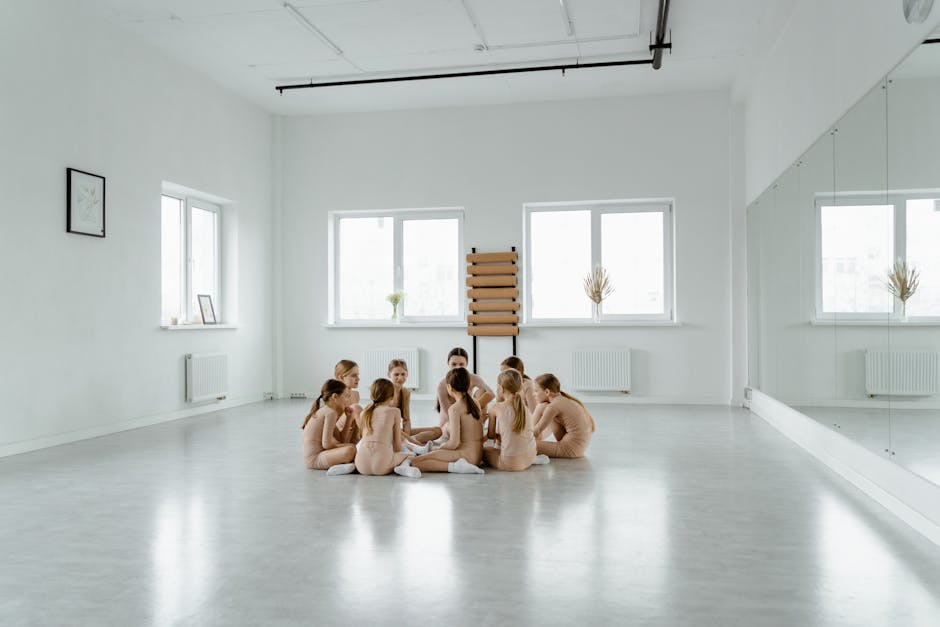
Community-focused art has its roots in the social and political movements of the 20th century, where artists began to challenge the traditional boundaries of art and engage with the pressing issues of their time. From the civil rights movement to the anti-war protests, artists played a crucial role in using their creative skills to mobilize, educate, and inspire communities to take action.
One of the key figures in the development of community-focused art was artist and activist Suzanne Lacy, whose groundbreaking projects in the 1970s and 1980s paved the way for a new generation of socially engaged artists. Lacy’s work often involved collaboration with marginalized communities, such as women, immigrants, and people of color, to address issues of social justice, gender equality, and urban development.
Since then, community-focused art has evolved into a diverse and multifaceted field, encompassing a wide range of practices, from community-based murals and public art installations to participatory performances and interactive workshops. What sets community-focused art apart from other forms of artistic expression is its emphasis on collaboration, dialogue, and social engagement. Rather than creating art for an elite audience or for the sake of aesthetics alone, community-focused artists work closely with communities to co-create art that reflects their experiences, concerns, and aspirations.
The Power of Collaboration
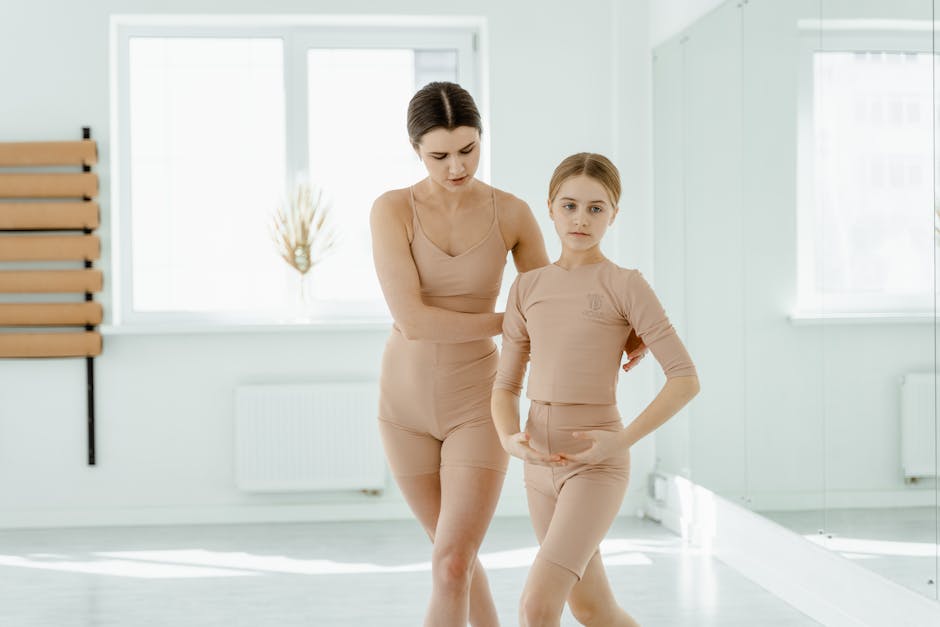
At the heart of community-focused art is the power of collaboration. By bringing together artists, community members, activists, and other stakeholders, community-focused art projects create spaces for dialogue, exchange, and collective action. Collaboration is not just a means to an end but an essential part of the artistic process, where diverse voices and perspectives come together to create something greater than the sum of its parts.
One of the key benefits of collaboration in community-focused art is its ability to foster empathy, understanding, and solidarity among participants. By working together towards a common goal, whether it’s creating a mural, organizing a performance, or staging an intervention, participants have the opportunity to connect with each other, learn from each other, and build relationships based on trust and respect.
Collaboration also has the power to amplify the impact of community-focused art projects. By involving a wide range of stakeholders, from local residents to policymakers, community-focused art projects can reach a broader audience, spark conversations, and inspire action on pressing social issues. Whether it’s raising awareness about environmental degradation, advocating for immigrant rights, or promoting racial justice, community-focused art has the potential to catalyze social change by engaging communities in creative and meaningful ways.
Empowering Communities Through Art
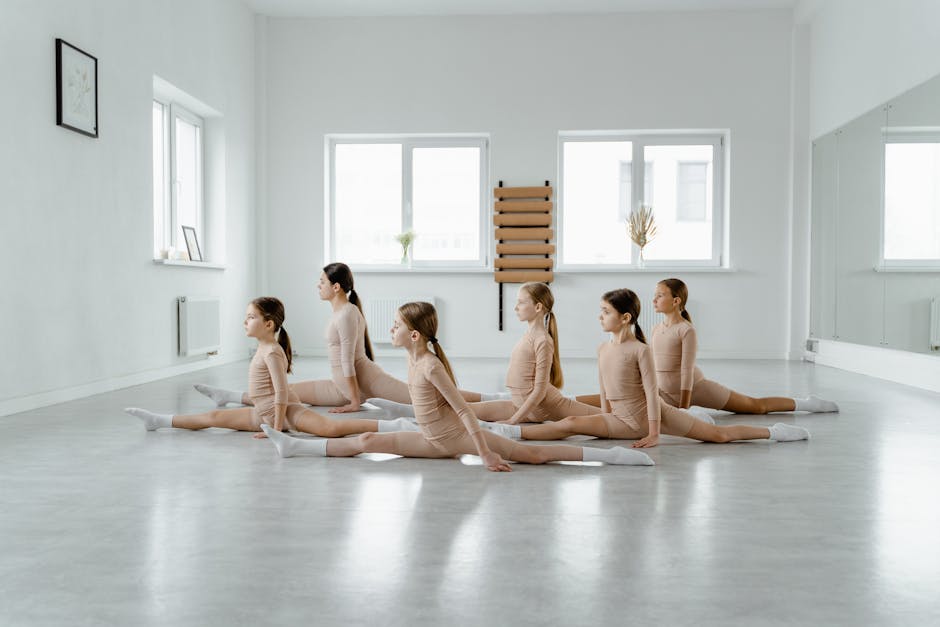
One of the key goals of community-focused art is to empower communities by giving them a voice, a platform, and a sense of agency. By engaging with communities in the process of creating art, rather than imposing art on them from the outside, community-focused artists can help to amplify the voices of those who are often marginalized or silenced in society.
Empowerment through art can take many forms, from providing creative outlets for youth in underserved neighborhoods to organizing art workshops for refugees and immigrants to creating spaces for dialogue and healing in communities affected by violence or trauma. By inviting communities to share their stories, express their concerns, and envision their futures through art, community-focused artists can help to build resilience, foster solidarity, and promote social justice.
One powerful example of community empowerment through art is the work of artist JR, who is known for his large-scale public art projects that highlight the stories and struggles of marginalized communities around the world. From the favelas of Rio de Janeiro to the streets of New York City, JR’s iconic black-and-white portraits have become a symbol of resistance, resilience, and hope for communities facing social, economic, and political challenges.
Creating Spaces for Dialogue and Reflection
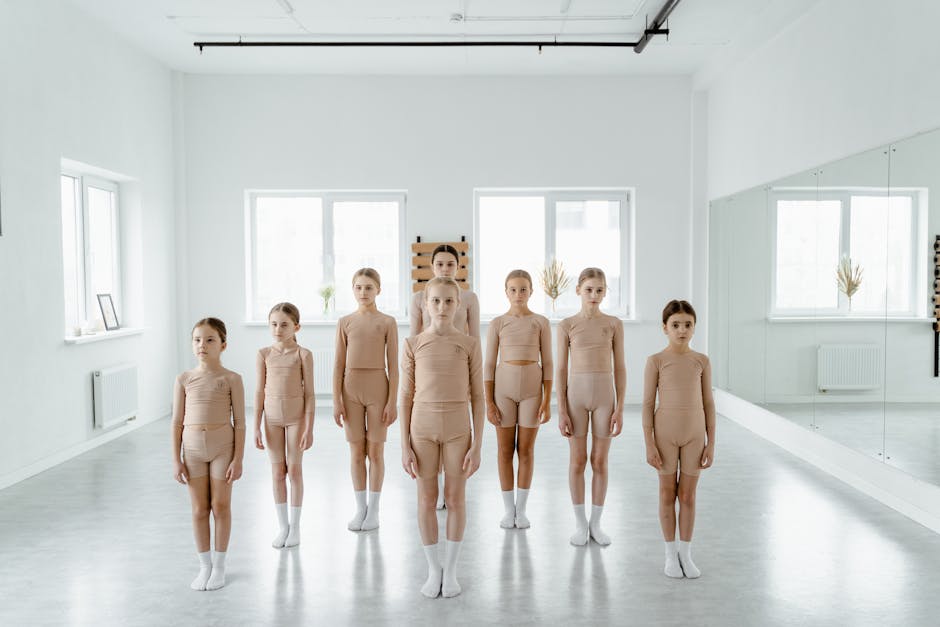
Another important aspect of community-focused art is its ability to create spaces for dialogue and reflection on pressing social issues. By bringing together diverse groups of people to experience art in public spaces, community-focused art projects can spark conversations, challenge assumptions, and inspire new ways of thinking about the world we live in.
One example of a community-focused art project that creates spaces for dialogue and reflection is the Inside Out Project, initiated by artist JR in 2011. The project invites people from around the world to share their portraits and stories in public spaces, creating a global platform for self-expression, connection, and solidarity. By transforming personal stories into public art, the Inside Out Project challenges stereotypes, breaks down barriers, and celebrates the diversity and resilience of communities everywhere.
Community-focused art projects can also create spaces for healing and reconciliation in communities affected by conflict, violence, or trauma. By engaging with communities in the process of creating art, community-focused artists can help to build trust, foster empathy, and promote healing through creative expression. Whether it’s organizing art workshops for survivors of domestic violence, creating memorials for victims of police brutality, or staging performances to raise awareness about mental health issues, community-focused art has the power to transform pain into power, silence into solidarity, and despair into hope.
Challenging Norms and Inspiring Change
One of the central aims of community-focused art is to challenge norms, question assumptions, and inspire change in society. By engaging with communities in the process of creating art, community-focused artists can disrupt the status quo, provoke dialogue, and mobilize action on pressing social issues.
One powerful example of community-focused art that challenges norms and inspires change is the work of artist Tania Bruguera, whose immersive installations and performances address issues of power, politics, and freedom of expression. Bruguera’s work often invites viewers to participate in the creation of art, blurring the boundaries between artist and audience, performer and spectator, to create spaces for dialogue, reflection, and action.
Community-focused art can also serve as a platform for civic engagement and advocacy, mobilizing communities to take action on issues ranging from climate change to racial justice to LGBTQ rights. By creating art that speaks to the experiences and concerns of communities, community-focused artists can help to amplify voices, raise awareness, and build solidarity around pressing social issues.
The Future of Community-Focused Art
As we look to the future, the potential of community-focused art to create social change, foster empathy, and build resilience in communities is more important than ever. In a world grappling with pressing social, economic, and environmental challenges, community-focused art offers a powerful platform for creative expression, dialogue, and action.
By engaging with communities in the process of creating art, community-focused artists can help to amplify voices, build solidarity, and inspire change on a local, national, and global scale. Whether it’s organizing public art projects to raise awareness about climate change, creating murals to celebrate the diversity of a neighborhood, or staging performances to challenge systemic racism, community-focused art has the power to transform individuals, communities, and societies through the power of creativity and collaboration.
Expert Opinions
We reached out to renowned artist and activist Ai Weiwei for his thoughts on the power of community-focused art:
“Community-focused art has the potential to create spaces for dialogue, reflection, and action in communities facing social, political, and economic challenges. By engaging with communities in the process of creating art, artists can help to amplify voices, build solidarity, and inspire change on a global scale.”
Conclusion
To wrap things up, community-focused art is a dynamic and transformative field that offers a powerful platform for creative expression, dialogue, and action. By engaging with communities in the process of creating art, community-focused artists can help to amplify voices, build solidarity, and inspire change on a local, national, and global scale. As we look to the future, the potential of community-focused art to create social change, foster empathy, and build resilience in communities is more important than ever. So let’s continue to support and celebrate community-focused art as a vital force for positive change in the world.
